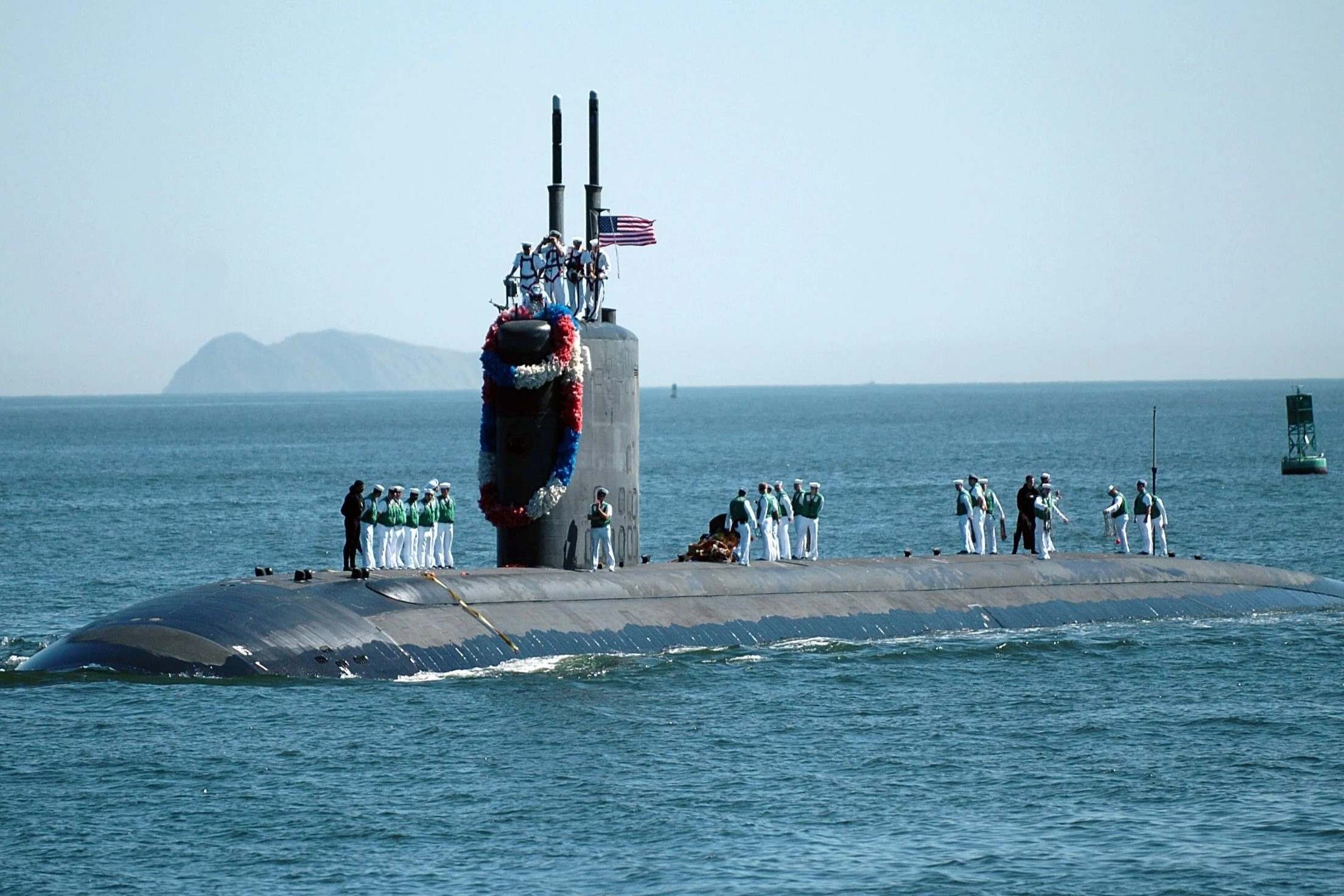
What happened to the USS Scorpion? The USS Scorpion, a nuclear-powered submarine, mysteriously sank in the Atlantic Ocean on May 22, 1968. This tragic event resulted in the loss of all 99 crew members. The exact cause remains unknown, sparking numerous theories and investigations. Some suggest a mechanical failure, while others believe a torpedo malfunction or even a Cold War incident might be to blame. The wreckage was found months later, resting on the ocean floor, providing few clues. Despite extensive research, the true reason behind the USS Scorpion's sinking continues to elude experts, making it one of the most intriguing naval mysteries.
Key Takeaways:
- The USS Scorpion, a fast and powerful submarine, mysteriously disappeared in 1968, sparking theories and speculations about its sinking during the Cold War.
- The tragic loss of the USS Scorpion led to significant changes in submarine safety protocols, search and rescue capabilities, and advancements in underwater search technology.
The USS Scorpion: A Mysterious Submarine
The USS Scorpion (SSN-589) was a nuclear-powered submarine of the United States Navy. Its mysterious disappearance in 1968 has intrigued many. Here are some fascinating facts about this vessel.
-
The USS Scorpion was a Skipjack-class submarine, known for its speed and agility.
-
Launched on December 29, 1959, it was one of the fastest submarines of its time.
-
The submarine was 252 feet long and could dive to depths of 700 feet.
-
It was powered by a single S5W nuclear reactor, providing immense power and endurance.
-
The Scorpion had a crew of 99 officers and enlisted men.
The Disappearance and Search
The disappearance of the USS Scorpion remains one of the most intriguing mysteries in naval history. Here are some key points about its final voyage and the subsequent search efforts.
-
The USS Scorpion was last heard from on May 21, 1968.
-
It was returning to Norfolk, Virginia, from a deployment in the Mediterranean Sea.
-
The submarine was declared missing on June 5, 1968.
-
A massive search operation was launched, involving ships, aircraft, and submarines.
-
The wreckage was eventually found on October 30, 1968, at a depth of 9,800 feet.
Theories and Speculations
The cause of the USS Scorpion's sinking has been the subject of much speculation. Here are some of the most discussed theories.
-
One theory suggests that a torpedo malfunctioned and exploded inside the submarine.
-
Another theory posits that the Scorpion was sunk by a Soviet submarine during the Cold War.
-
Some believe that a mechanical failure, such as a battery explosion, caused the sinking.
-
There are also theories that a hydrogen explosion in the submarine's battery compartment led to the disaster.
-
The exact cause of the sinking remains unknown, as the wreckage was too damaged to provide conclusive evidence.
The Legacy of the USS Scorpion
Despite its tragic end, the USS Scorpion has left a lasting legacy. Here are some ways in which it continues to be remembered.
-
The loss of the Scorpion led to significant changes in submarine safety protocols.
-
It prompted the Navy to improve its search and rescue capabilities for submarines.
-
The incident also led to advancements in underwater search technology.
-
The USS Scorpion is commemorated at the Submarine Force Library and Museum in Groton, Connecticut.
-
A memorial plaque for the crew of the Scorpion is located at the Norfolk Naval Station.
The Crew of the USS Scorpion
The brave men who served on the USS Scorpion are remembered for their dedication and sacrifice. Here are some facts about the crew.
-
The crew consisted of 12 officers and 87 enlisted men.
-
Lieutenant Commander Francis Atwood Slattery was the commanding officer at the time of the sinking.
-
Many of the crew members were young, with an average age of 24.
-
The crew was highly trained and experienced in submarine operations.
-
The loss of the crew had a profound impact on their families and the naval community.
The Wreckage and Investigation
The discovery of the USS Scorpion's wreckage provided some clues but also raised many questions. Here are some details about the investigation.
-
The wreckage was found in the North Atlantic Ocean, about 400 miles southwest of the Azores.
-
The submarine was broken into two main sections, with debris scattered over a wide area.
-
The Navy conducted several deep-sea dives to investigate the wreckage.
-
The investigation revealed that the submarine had suffered a catastrophic hull failure.
-
Despite extensive efforts, the exact cause of the sinking could not be determined.
The Impact on Submarine Design
The loss of the USS Scorpion had a significant impact on submarine design and safety. Here are some changes that were made as a result.
-
The Navy implemented stricter safety protocols for handling torpedoes and other weapons.
-
Improvements were made to submarine battery systems to prevent explosions.
-
Enhanced training programs were developed for submarine crews.
-
New technologies were introduced to improve the detection and prevention of mechanical failures.
-
The incident underscored the importance of continuous monitoring and maintenance of submarine systems.
Final Thoughts on USS Scorpion
The USS Scorpion remains one of the most intriguing mysteries in naval history. Its disappearance in 1968 left many questions unanswered, sparking numerous theories and investigations. Despite extensive searches and studies, the exact cause of the submarine's loss is still debated. The Scorpion's story serves as a somber reminder of the dangers faced by those who serve in the silent service. It also highlights the importance of advancements in submarine safety and technology. While the USS Scorpion may never be fully understood, its legacy continues to impact naval operations and safety protocols. Remembering the 99 crew members who lost their lives ensures their sacrifice is not forgotten. The USS Scorpion's tale is a poignant chapter in maritime history, reminding us of the ocean's vast, unpredictable nature.
Frequently Asked Questions
Was this page helpful?
Our commitment to delivering trustworthy and engaging content is at the heart of what we do. Each fact on our site is contributed by real users like you, bringing a wealth of diverse insights and information. To ensure the highest standards of accuracy and reliability, our dedicated editors meticulously review each submission. This process guarantees that the facts we share are not only fascinating but also credible. Trust in our commitment to quality and authenticity as you explore and learn with us.


